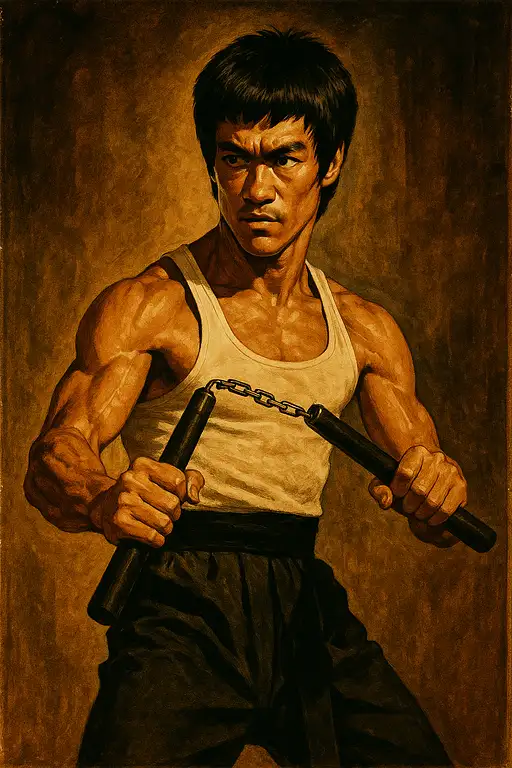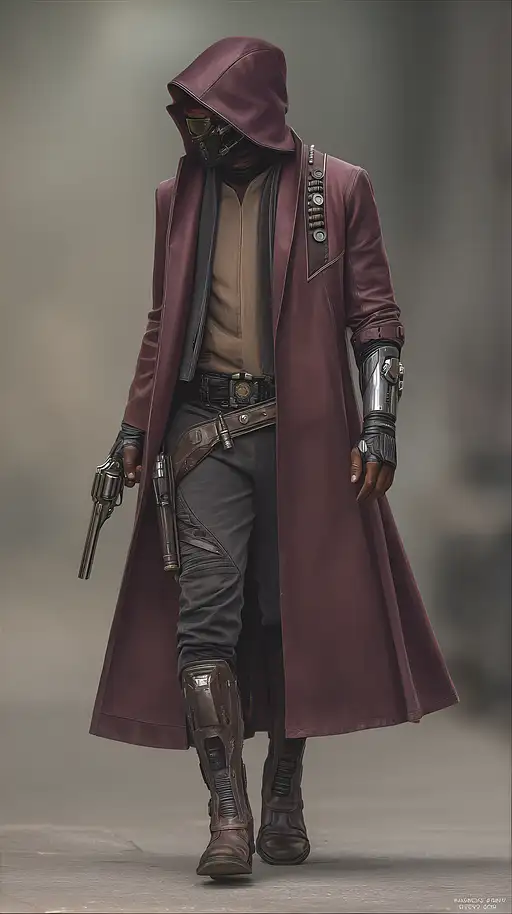
8 months ago
a bold and edgy portrait of a tattoo artist working in a vibrant, neon-lit studio. The woman exudes confidence and creativity, dressed in dark, lacy lingerie adorned with subtle punk-inspired details such as studded accessories and leather straps. Her body is a canvas of art, with intricate, vividly colored tattoos covering her arms, back, and legs, creating a striking visual contrast against her dark outfit. The setting is a dynamic and artistic tattoo studio filled with character and detail. Vintage tattoo machines and an array of colorful ink bottles are neatly arranged on her workstation, while a classic barber chair sits in the center of the space. The walls are decorated with framed flash art and intricate designs, reflecting the vibrant and rebellious spirit of the environment. The lighting is dim yet dynamic, with soft neon hues—pinks, purples, and blues—casting a moody, atmospheric glow throughout the scene. The interplay of light and shadow enhances the details of her tattoos, the textures of her lingerie, and the edgy decor of the studio. Her expression is focused and determined as she leans over her work, embodying the boldness and artistry of her craft. The overall composition is hyper-detailed and cinematic, blending the raw energy of the punk aesthetic with the vibrant allure of neon-lit artistry, creating a powerful and visually captivating scene.























